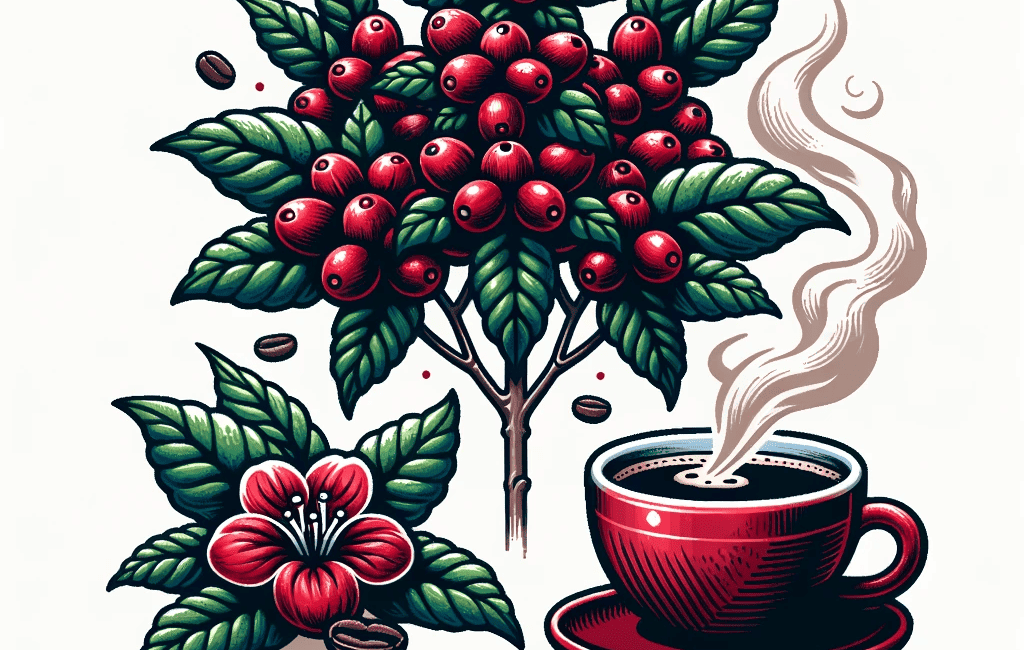

Coffee, for many of us, is a daily ritual – a cup of warmth, aroma, and energy. But few might realize the intricate journey that the coffee bean has taken before it reaches our mugs. Central to this journey is the processing method, which not only affects the flavor and quality of the coffee, but also has environmental implications.
1. Wet Processing (or Washed)
- Process: In wet processing, the fresh coffee cherries are pulped to remove the outer skin, and then they are fermented in water tanks to break down the mucilage, which is a sticky substance surrounding the bean. After fermentation, the beans are washed and then dried.
- Flavor Profile: Wet-processed beans often have a brighter acidity and a cleaner taste.
- Environmental Considerations: Requires a significant amount of water, leading to concerns about waste treatment and water consumption.
2. Dry Processing (or Natural)
- Process: Here, whole cherries are spread out in the sun to dry. Over several weeks, they are raked regularly to ensure even drying. Once dried, the dried skin and pulp are mechanically removed.
- Flavor Profile: Beans processed this way often have a robust, fruity profile with a full body. They can sometimes have a wine-like taste.
- Environmental Considerations: This method consumes less water but requires more land space for drying and can be risky in regions with unpredictable rainfall.
3. Honey Process (or Pulped Natural)
- Process: The skin of the cherry is removed, but some or all of the mucilage remains on the bean as it dries. The amount of mucilage left determines whether it’s “black,” “red,” or “yellow” honey – with black having the most mucilage and yellow the least.
- Flavor Profile: This method often results in a cup with body and sweetness from the natural process but with some of the clarity of washed coffees.
- Environmental Considerations: Uses less water than the wet process but more than the natural process.
4. Semi-washed (or Wet-hulled)
- Process: Common in Indonesia, the outer skin is removed, and the beans with mucilage are left to partially dry. Once partially dried, the mucilage and parchment layer are removed together, after which the beans are dried again.
- Flavor Profile: Beans yield a heavy body with earthy and sometimes spicy notes.
- Environmental Considerations: Uses water but less than full wet processing.
5. Fermented or Experimental Processing
- Process: Innovations and experiments in fermentation (such as using yeast or other microorganisms) can be utilized to impact flavor.
- Flavor Profile: Varies widely based on the specific process, but these methods can introduce unique flavor notes like tropical fruit or even wine-like characteristics.
Conclusion
The processing method chosen for coffee cherries plays a crucial role in shaping the flavor and quality of the beans. As consumers, understanding these methods helps us appreciate the complexities of our brew and allows us to make informed choices based on our flavor preferences and environmental considerations. The next time you sip your coffee, take a moment to ponder its journey and the hands that crafted its unique taste.


